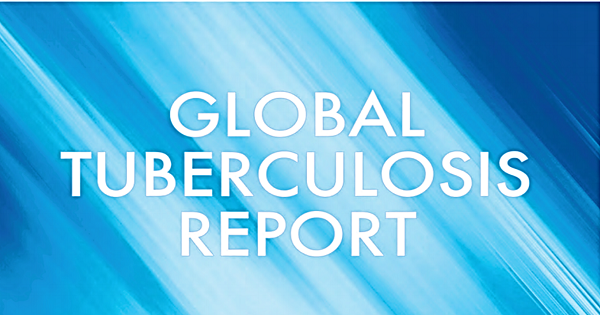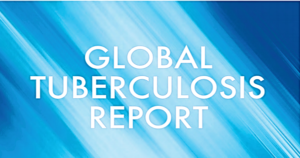The new Global Tuberculosis Report 2016 released by the World Health Organisation. New data published by WHO in its 2016 “Global Tuberculosis Report” show that countries need to move much faster to prevent, detect, and treat the disease if they are to meet global targets.
About TB :
Tuberculosis(TB) is an infectious disease caused by the bacterium Mycobacterium tuberculosis (MTB). Tuberculosis generally affects the lungs, but can also affect other parts of the body.
- Most infections do not have symptoms, known as latent tuberculosis. About 10% of latent infections progress to active disease which, if left untreated, kills about half of those infected.
- The classic symptoms of active TB are a chroniccough with blood-containing sputum, fever, night sweats, and weight loss. The historical term “consumption” came about due to the weight loss. Infection of other organs can cause a wide range of symptoms.
- Tuberculosis is spread through the air when people who have active TB in their lungs cough, spit, speak, or sneeze. People with latent TB do not spread the disease. Active infection occurs more often in people with HIV/AIDS and in those whos moke.
- Diagnosis of active TB is based on chest X-rays, as well as microscopic examination and culture of body fluids. Diagnosis of latent TB relies on the tuberculin skin test (TST) or blood tests.
- Prevention of TB involves screening those at high risk, early detection and treatment of cases, and vaccination with the bacillus Calmette-Guérin
- Those at high risk include household, workplace, and social contacts of people with active TB.Treatment requires the use of multiple antibiotics over a long period of time. Antibiotic resistance is a growing problem with increasing rates of multiple drug-resistant tuberculosis (MDR-TB).
- One-third of the world’s population is thought to be infected with TB.New infections occur in about 1% of the population each year. In 2014, there were 9.6 million cases of active TB which resulted in 1.5 million deaths.
- More than 95% of deaths occurred in developing countries. The number of new cases each year has decreased since 2000.
- About 80% of people in many Asian and African countries test positive while 5–10% of people in the United States population tests positive by the tuberculin test.Tuberculosis has been present in humans since ancient times.
About the Report,
It is noted that India has been underreporting its tuberculosis burden by almost half, it appears. World Health Organisation updated the estimate of incidence – that is, the number of new tuberculosis cases in a year – from 1.7 million cases to 2.8 million in 2015.
- The report used estimates from a prevalence study done in Gujarat in 2011, the results of which were never made public till the WHO decided to use it in its global report.
- The WHO 2016″Global Tuberculosis Report” highlights the considerable inequalities among countries in enabling people with TB to access existing cost-effective diagnosis and treatment interventions that can accelerate the rate of decline in TB worldwide. The report also signals the need for bold political commitment and increased funding.

- An estimated 1.8 million people died from TB in 2015, of whom 0.4 million were co-infected with HIV. Although global TB deaths fell by 22% between 2000 and 2015, the disease was one of the top 10 causes of death worldwide in 2015, responsible for more deaths than HIV and malaria.
- Gaps in testing for TB and reporting new cases remain major challenges. Of the estimated 10.4 million new cases, only 6.1 million were detected and officially notified in 2015, leaving a gap of 4.3 million. This gap is due to underreporting of TB cases especially in countries with large unregulated private sectors, and under-diagnosis in countries with major barriers to accessing care.
- In addition, the rate of reduction in TB cases remained static at 1.5% from 2014 to 2015. This needs to accelerate to 4–5% by 2020 to reach the first milestones of the World Health Assembly-approved”End TB Strategy”.
- Multi drug-resistant TB (MDR-TB) remains a public health crisis. WHO estimates that 480 000 people fell ill with MDR-TB in 2015. Three countries carry the major burden of MDR-TB – India, China, and the Russian Federation – which together account for nearly half of all cases globally.
- Detection and treatment gaps continue to plague the MDR-TB response. In 2015, only 1 in 5 of the people newly eligible for second-line treatment were able to access it. Cure rates continue to remain low globally at 52%.
- Overall, around 84% of the financing available in low- and middle-income countries in 2016 was from domestic sources, but this was mostly accounted for by the BRICS (Brazil, the Russian Federation, India, China and South Africa) group of countries. Other low- and middle- income countries continue to rely heavily on international donor financing, with more than 75% coming from The Global Fund to Fight AIDS, TB and Malaria.






